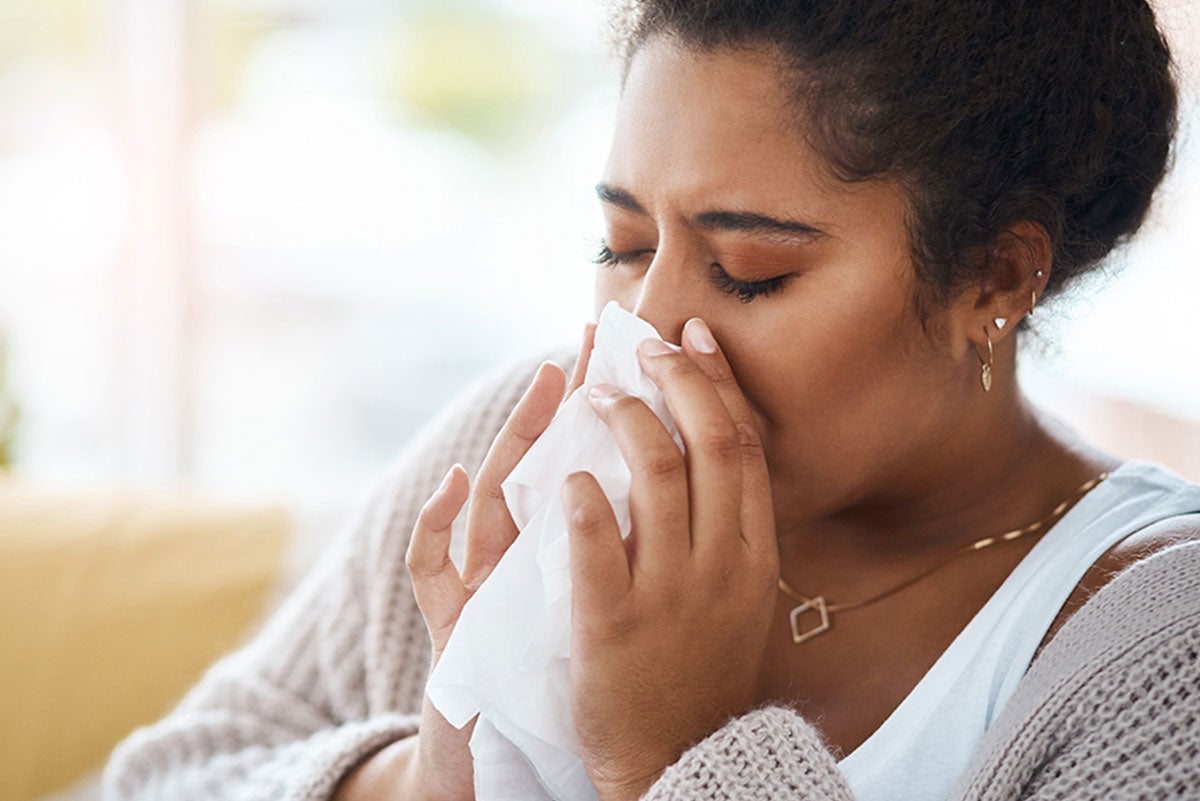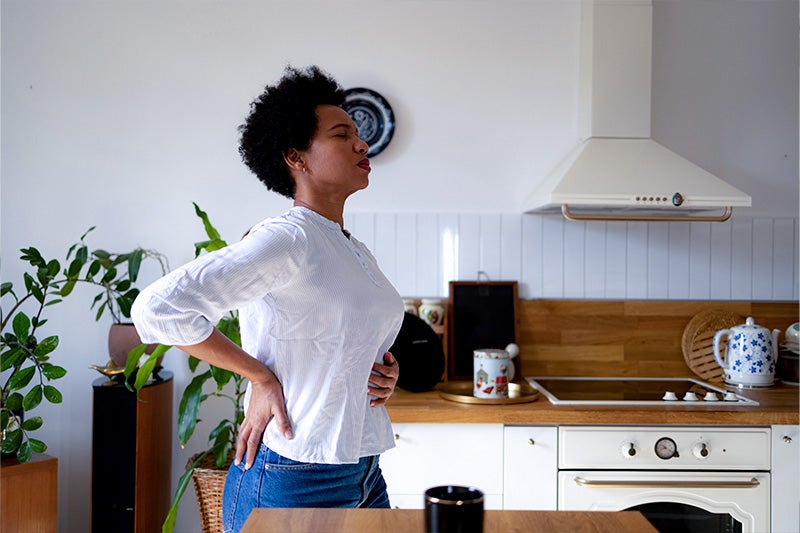A quick look at mold allergies
For people who have “hay fever,” it’s easy to link the spring and fall pollen seasons to seasonal allergies. But there is another culprit, and in the warm, humid climate of Northeast Georgia – or inside our homes! – it may be here most of the year: mold spores.
According to a 2008 study in the International Archives of Allergy and Immunology, up to 24 percent of the general population is allergic to mold spores. But that number rises dramatically for people with asthma. Up to 80 percent of people with asthma have mold allergies.
What causes the allergic reaction?
Molds are a kind of fungus, and like all funguses, they release thousands of spores to reproduce. Spores are tiny and very light. That means they can float in the air and be stirred up by things like vacuuming, mowing the lawn, or the wind. When the spores get into the eyes, nose and respiratory tract of people with allergies, the body mistakes them for dangerous invaders and the immune system attacks them, causing symptoms.
What are the signs and symptoms of a mold allergy?
Signs (things a doctor can see) and symptoms (things a patient experiences) include:
- Nasal and sinus congestion
- Sore throat
- Sneezing
- Watery or burning eyes
- Dry cough
- Shortness of breath
- Irritation of the nose, throat or skin
Source: https://allergyasthmanetwork.org/allergies/mold-allergy/
Are mold allergies confined to a particular place?
No. Spores from molds and other funguses can be present indoors or outdoors. Today, I want to focus on allergic reactions to mold spores from indoor sources.
The first thing you need to know is that mold colonies may not be large enough or colorful enough to be seen with the naked eye. That means you often need to treat whole rooms or your entire home to combat the source of spores. Indoor areas where mold may grow include:
- Rooms where musty or moldy odors are present
- Areas with poor air circulation (basements, closets, summer homes/cabins, boat houses, etc.)
- Anywhere there has been flooding, especially rugs, carpet pads, wood floors, baseboards, wallpaper, and paper-backed wallboards
- Areas subject to persistent dampness (poorly ventilated bathrooms, around plumbing leaks, poorly sealed basements, poorly ventilated clothes dryers, refrigerator drip pans, and air conditioning or dehumidifiers condensation reservoirs)
- Rooms with indoor plants and/or aquariums
- Stuffed furniture, pillows, mattresses, stuffed toys, wool carpets, stored bedding, and stored paper products (magazines, books, etc.)
- Areas of dust/dirt accumulation in the house
Note that while vacuuming is important for removing dust and decreasing mold growth, mold counts can be very high while vacuuming.
What are key indoor avoidance tactics?
To decrease the chances of having high densities of fungal spores or large numbers of fungal colonies in your home:
Decrease water sources
Repair plumbing leaks, seal basement walls, remove plant debris around the house/yard, avoid using mist vaporizers; and use a dehumidifier, silica gel or incandescent lights (small rooms only) to remove excess moisture from the air. In some cases, you may also need to remove houseplants and aquariums.
Eliminate organic materials that mold grows on
Remove dust/dirt frequently with a vacuum or wet mop; store linens and clothing in plastic storage bags; remove old stuffed toys, furniture, and natural-fiber carpets and window treatments; use vinyl mattress and pillow covers; frequently empty and clean refrigerator drip pans and dehumidifier reservoirs; change furnace/air conditioning filters regularly; remove houseplants and natural-fiber containers (wicker baskets, hemp rope, etc.); and use synthetic textiles for home décor.
Filter your air
Use high-efficiency mechanical filtration or electronic precipitation filtration. Either method can be added to a forced-air system or found in a portable single-room unit.
Use fungicides
Unfortunately, there are no long-lasting fungicides that are safe for indoor use. Common household germicides (Lysol®, Tylex®, etc.) can help kill indoor molds. Household bleach (50% dilution up to full strength) can be used to decontaminate when mold appears in areas where it will not cause damage (concrete block walls, bathroom floors, etc.). Also, paints with mold retardants can help prevent growth.
Do I need to take all of these steps?
It depends on your individual needs. Some mitigation and control measures are inexpensive and easy (replacing an air filter, for example) while others are costly and difficult (replacing your flooring, for example). Those who rent will have to work with their landlord/property manager to implement many of these measures. I advise patients to do as much as they can with the resources they have. If it is not enough, medication may be needed to lessen symptoms and improve your quality of life.




